Private Jet to Japan

Private Jet to Japan - Airports, Routes & Prices
Overview
Japan Private Jet Charter – Aircraft, Airports & Routes
Paramount Business Jets, a premier private jet charter service provider, offers private jet flights in Japan. With access to an exclusive network of over 4,000 private jets worldwide, we deliver a personalized, luxurious air travel experience tailored to your specific needs. Safety is our utmost priority, and all aircraft in our network comply with the highest safety standards for a secure journey. Additionally, we offer competitive pricing, ensuring the best rates for your private jet charter flights to and from Japan, without compromising on quality or service.
Private jet travel in Japan has experienced significant growth, driven by rising demand from both business executives and high-net-worth individuals. Japan’s private aviation sector has seen an annual increase of around 10% in flight bookings over recent years. Tokyo’s Narita International Airport (NRT) and Tokyo Haneda Airport (HND) are among the busiest for private jet arrivals, while smaller airports like Kobe Airport (UKB) and Osaka International Airport (ITM) are also becoming increasingly popular for private flights. The growing demand for luxury travel in Japan is reflected in the expansion of private jet services, with more than 100 private jets currently registered in the country. With its advanced infrastructure and the increasing number of affluent travelers, Japan offers a seamless and exclusive experience for private jet passengers.
For travelers looking to explore Japan's vibrant cities and stunning landscapes, Paramount Business Jets provides exclusive private jet charter services to top destinations across the country, including Tokyo, Kyoto, Osaka, Hokkaido, and Okinawa. Whether you're drawn to the bustling streets of Tokyo, the serene temples of Kyoto, the historic sites of Osaka, the natural beauty of Hokkaido, or the tropical charm of Okinawa, our seamless travel solutions cater to every aspect of your journey.
To charter a private jet or receive a personalized private jet charter estimate for a private flight in Japan, please contact us 24/7 by phone at 1-877-727-2538 or through our online private jet flight quoting system. Our dedicated private aviation advisors are available to assist with all the details of your private jet charter request.
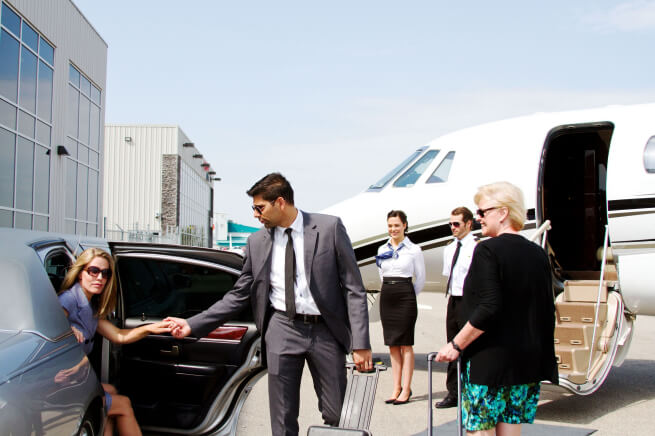
Japan Private Jets and Charter Prices
How much does it cost to rent a private jet to Japan?

Very Light Jets
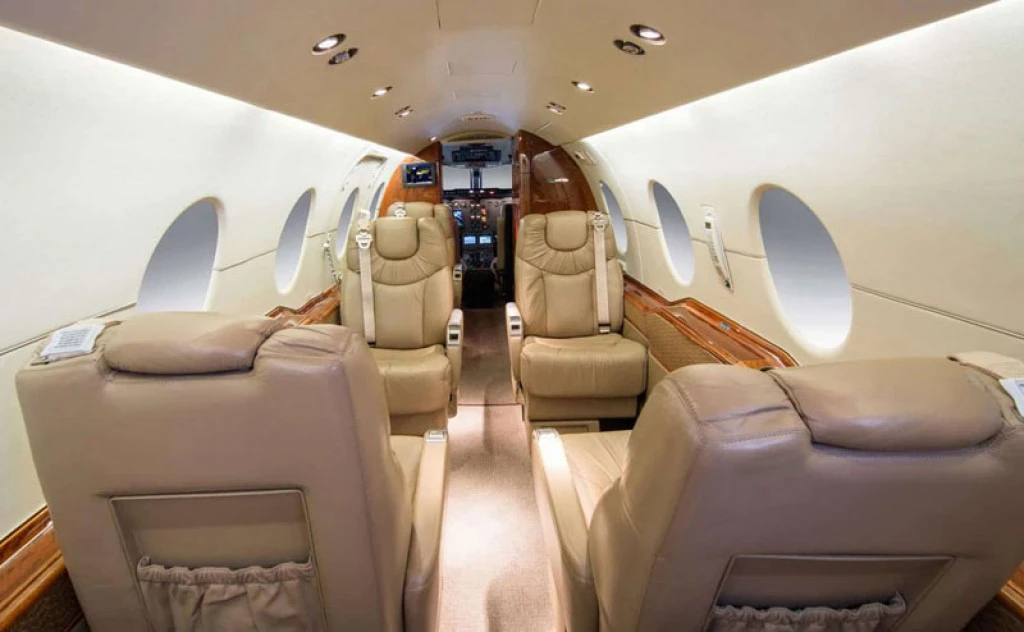
Light Jets

Super Light Jets
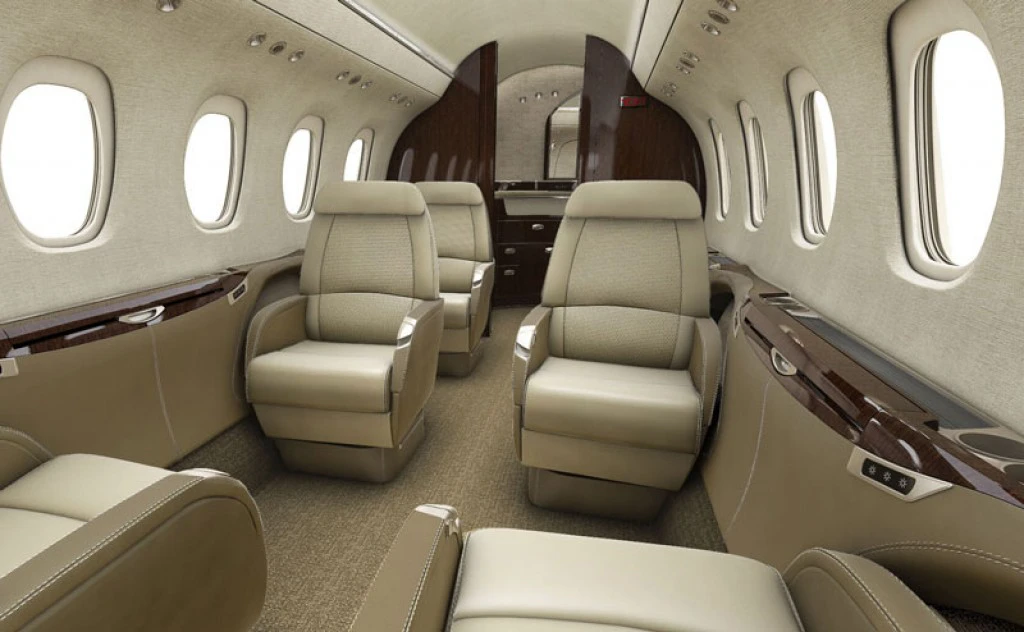
Midsize Jets
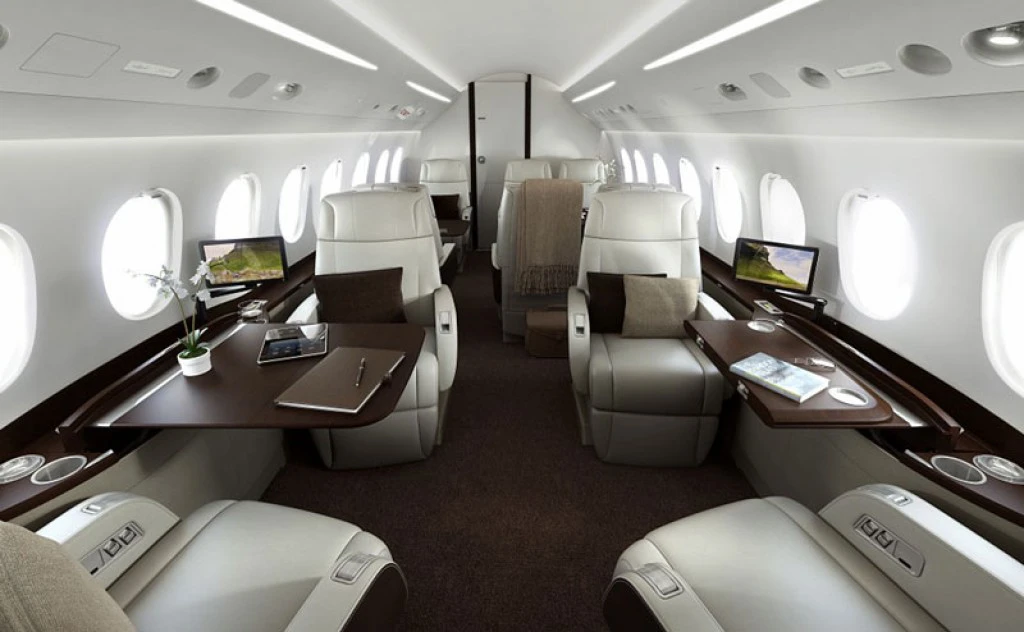
Super Midsize Jets

Large Jets

Ultra Long Range Jets
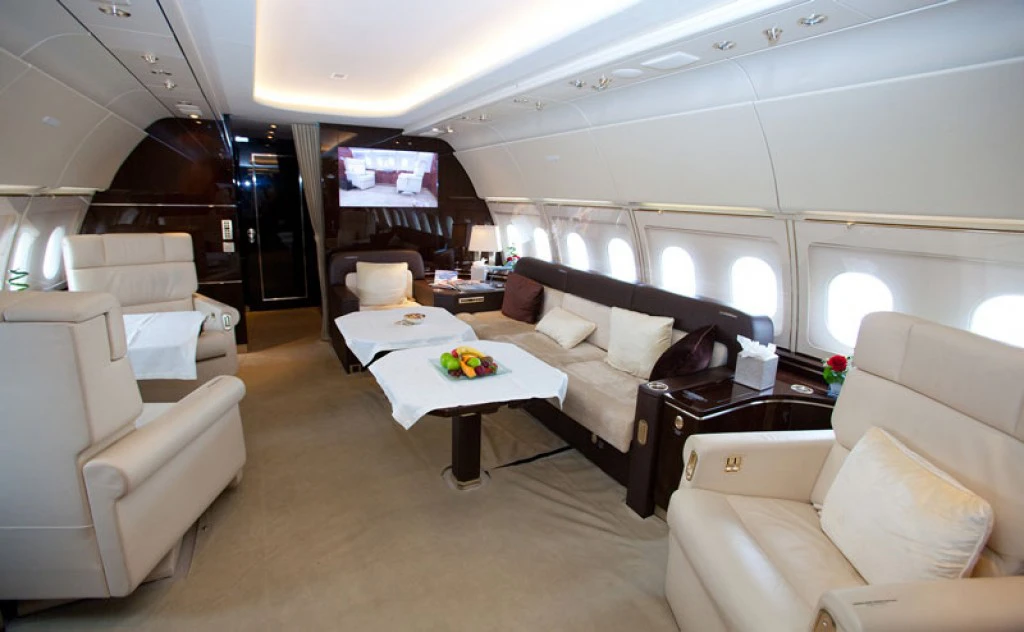
VIP Airliners
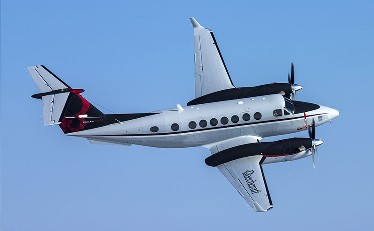
Turboprop Aircraft
Popular Private Jet Charter Cities in Japan
Where do private jet clients travel to most in Japan?
Popular Japan Private Jet Travel Airports
Which airports are private jet clients flying to in Japan?
Here are some of the popular private jet airports in Japan:
- Tokyo Haneda Airport (HND / RJTT) - Located in Ota, Tokyo, Haneda Airport is one of Japan's busiest airports and offers excellent facilities for private jet operations. It provides convenient access to Tokyo and its surrounding areas.
- Tokyo Narita Airport (NRT / RJAA) - Situated in Narita, Chiba Prefecture, Narita Airport is another major international gateway serving the Tokyo metropolitan area. It offers comprehensive services for private jets, accommodating both domestic and international flights.
- Osaka Itami Airport (ITM / RJOO) - Located in Itami, Osaka Prefecture, Itami Airport primarily serves domestic flights but also caters to private jet operations. It is conveniently situated for travelers visiting Osaka and nearby Kyoto and Kobe.
- Osaka Kansai International Airport (KIX / RJBB) - Situated on an artificial island in Osaka Bay, Kansai Airport is one of Japan's most important international airports. It features dedicated facilities for private jets and provides access to the Kansai region, including Osaka, Kyoto, and Nara.
- Chubu Centrair International Airport (NGO / RJGG) - Located on an artificial island in Ise Bay, near Nagoya, Centrair Airport is a key gateway for central Japan. It offers modern amenities for private jet travelers exploring the Chubu region.
These airports offer strategic access points for private jet travelers to explore Japan's vibrant cities, cultural landmarks, and natural beauty with efficiency and convenience.
Top Sights
Here are some of Japan's renowned private jet charter destinations and their iconic landmarks:
- Tokyo Tower: Iconic red and white tower offering panoramic views of Tokyo.
- Senso-ji Temple: Ancient Buddhist temple in Asakusa with a bustling market street (Nakamise Dori).
- Shibuya Crossing: Famous intersection outside Shibuya Station, known for its crowds and neon lights.
- Meiji Shrine: Shinto shrine surrounded by a tranquil forest in the heart of Tokyo.
- Tsukiji Outer Market: Vibrant market with fresh seafood, street food, and culinary delights.
Kyoto:
- Kinkaku-ji (Golden Pavilion): Zen Buddhist temple covered in gold leaf, surrounded by gardens.
- Fushimi Inari Taisha: Shinto shrine famous for its thousands of torii gates lining hiking trails.
- Arashiyama Bamboo Grove: Serene bamboo forest with pathways for peaceful walks.
- Kiyomizu-dera: Historic Buddhist temple with a wooden stage overlooking Kyoto.
- Gion District: Traditional geisha district with wooden machiya houses and tea houses.
Osaka:
- Osaka Castle: Historic castle with a museum showcasing Osaka's history and samurai culture.
- Dotonbori: Famous entertainment district known for its neon lights, restaurants, and street food.
- Shitenno-ji Temple: Oldest Buddhist temple in Japan, with a five-story pagoda and garden.
- Universal Studios Japan: Theme park with rides and attractions based on popular movies and TV shows.
- Osaka Aquarium Kaiyukan: One of Japan's largest aquariums, featuring a variety of marine life.
Hiroshima:
- Hiroshima Peace Memorial Park: Memorial park commemorating the atomic bombing, with the Peace Memorial Museum and A-Bomb Dome.
- Itsukushima Shrine (Miyajima): Shinto shrine on Miyajima Island, known for its floating torii gate and scenic beauty.
- Hiroshima Castle: Reconstructed castle with exhibits on Hiroshima's history and panoramic views of the city.
- Shukkeien Garden: Historic garden with miniature landscapes, tea houses, and cherry blossoms.
- Hiroshima Museum of Art: Art museum featuring works by Japanese and Western artists.
Nara:
- Todai-ji Temple: Buddhist temple housing Japan's largest bronze statue of Buddha (Daibutsu).
- Nara Park: Park known for its free-roaming deer, Todai-ji Temple, and Kasuga Taisha Shrine.
- Kasuga Taisha Shrine: Shinto shrine known for its lanterns and forested setting.
- Nara National Museum: Museum showcasing Buddhist art and artifacts.
- Isuien Garden: Japanese garden with ponds, bridges, and teahouses.
Hokkaido (Sapporo, Hakodate):
- Sapporo TV Tower: Observation tower offering views of Sapporo and Odori Park.
- Odori Park: Central park in Sapporo, host to festivals and events throughout the year.
- Shiroi Koibito Park: Chocolate factory and museum in Sapporo, famous for its Shiroi Koibito cookies.
- Mount Moiwa Ropeway: Cable car offering panoramic views of Sapporo and Ishikari Bay.
- Goryokaku Park: Star-shaped fort in Hakodate, with cherry blossoms in spring and autumn foliage.
Okinawa:
- Shurijo Castle: Former royal palace of the Ryukyu Kingdom, reconstructed with vibrant red colors.
- Okinawa Churaumi Aquarium: One of the largest aquariums in the world, known for whale sharks and coral reefs.
- Kokusai Street: Main shopping street in Naha, lined with shops, restaurants, and entertainment.
- Shikina-en Garden: Royal garden of the Ryukyu Kingdom, featuring ponds, bridges, and traditional architecture.
- Cape Manzamo: Scenic rock formation with views of the East China Sea and dramatic cliffs.
Mount Fuji and Fuji Five Lakes:
- Mount Fuji: Iconic volcano and Japan's highest peak, often capped with snow and surrounded by lakes.
- Fuji Five Lakes: Group of lakes (Kawaguchi, Yamanaka, Saiko, Shoji, Motosu) offering views of Mount Fuji.
- Chureito Pagoda: Pagoda with views of Mount Fuji, especially popular during cherry blossom season.
- Hakone Open-Air Museum: Outdoor art museum with sculptures and panoramic views of Mount Fuji.
- Oshino Hakkai: Group of eight spring-fed ponds with clear water and views of Mount Fuji.
Kanazawa:
- Kenrokuen Garden: One of Japan's Three Great Gardens, with seasonal flowers, ponds, and tea houses.
- Kanazawa Castle: Historic castle with reconstructed turrets and a museum on samurai culture.
- Nagamachi Samurai District: Well-preserved samurai district with traditional houses and gardens.
- Higashi Chaya District: Geisha district with wooden teahouses and cultural performances.
- 21st Century Museum of Contemporary Art: Modern art museum known for its unique architecture and exhibitions.
Japan's diverse destinations offer a blend of ancient traditions, natural beauty, and modern innovations, ensuring memorable experiences for travelers exploring this fascinating country.
About Japan
Japan, an archipelago in East Asia, captivates visitors with its unique blend of ancient traditions and cutting-edge modernity. Renowned for its efficient infrastructure, punctual transportation systems, and impeccable cleanliness, Japan offers a seamless travel experience. Tokyo, the bustling capital city, epitomizes Japan's modernity with its skyscrapers, neon-lit streets, and innovative technology. Iconic landmarks like the Tokyo Tower and Tokyo Skytree provide breathtaking views of the cityscape, while districts such as Shibuya and Shinjuku buzz with energy day and night.
Beyond Tokyo, Japan boasts a rich cultural tapestry evident in its historic temples, tranquil gardens, and traditional tea houses. Kyoto, Japan's former imperial capital, is a treasure trove of ancient temples, including the iconic Kinkaku-ji (Golden Pavilion) and Fushimi Inari Shrine with its famous torii gates. Visitors can experience the serene beauty of Japanese gardens like the Arashiyama Bamboo Grove or participate in a tea ceremony to immerse themselves in Japanese culture.
Japan's natural landscapes are equally mesmerizing, offering opportunities for outdoor enthusiasts and nature lovers. Mount Fuji, Japan's highest peak, is an iconic symbol of the country and a UNESCO World Heritage site. The Japanese Alps provide excellent hiking and skiing opportunities, while islands like Okinawa offer pristine beaches and vibrant marine life for snorkeling and diving.
Cuisine is an integral part of the Japanese experience, celebrated for its freshness, presentation, and variety. From sushi and sashimi to ramen and tempura, Japan's culinary delights reflect its meticulous attention to detail and dedication to quality. Visitors can indulge in culinary adventures at Michelin-starred restaurants in cities like Osaka and Kobe or explore local food markets known as "izakayas" for authentic Japanese dining experiences.
In essence, Japan offers a multifaceted travel experience that blends modernity with tradition, natural beauty with cultural heritage, and culinary excellence with warm hospitality. Whether exploring its dynamic cities, serene temples, or breathtaking landscapes, Japan captivates visitors with its unique charm and unforgettable experiences.
Charter Jets FAQ
Your Ultimate Japan Private Jet Rental Resource
Do I have to stop for customs when I fly on a private jet?
Passengers on all international private charter flights will have to stop at customs. In certain countries, you may have to go through customs at a specific port of entry; for example, you must stop in Tahiti to perform customs checks en route to Bora Bora. You’ll also need to stop at the first port of entry when entering the U.S. from Mexico.
How much rest does the crew need before they can depart again?
Crew members are required to have a 10-hour rest period within each 24-hour cycle. The maximum duty day is 14 hours and must be followed by a 10-hour rest period at their hotel. When scheduling a flight, operators usually account for 12 hours of rest instead of 10. These extra two hours allow the crew time to get to their hotel, rest for the required time, and return to the airport.
How long does a fuel stop for a private jet flight take?
The average fuel stop takes 45–60 minutes. To speed up fuel stops, the operator, or pilots may call ahead, so a fuel truck is waiting for the aircraft on arrival. For smaller jets, a fuel stop can take as little as 30 minutes.
What if I need to charter more than one private jet at the same time?
Occasionally, companies may need to fly executives in from multiple locations, or individuals may be flying several attendees to a party or gathering. PBJ's on-demand charter service allows you to secure multiple aircraft of different sizes at the same time. Our experts will suggest the best private jet for each mission to optimize efficiency and reduce costs.
Is the age of an aircraft a safety factor?
Aircraft age is not a safety factor. However, if the aircraft is older and hasn’t been refurbished properly, it may cause flyers some inconvenience, such as overheating, faulty air conditioning, or faulty plumbing in the lavatory.
How much luggage am I allowed to bring on a private jet?
As a rule of thumb, each seat on a light or midsize jet equates to one passenger and one item of luggage. Each item of luggage is considered to be the standard 23 kilograms, or about 50 lbs. Large jets are designed for long-range trips, which typically involve longer stays, so you can carry more than one item of luggage per person.
Are there aircraft that are wheelchair accessible?
There are many aircraft that are wheelchair accessible. Most of them are large jets or above and have a straight aisle. If the jet has a zigzag aisle – like the Falcon 900 – it will be difficult to maneuver the wheelchair onboard the aircraft. You’ll also need the right type of wheelchair; many motorized wheelchairs won’t fit and can’t be collapsed. If this is the case, you’ll need a smaller, temporary wheelchair. Some aircraft operators have smaller wheelchairs that can be used. Please speak with your Paramount private jet expert to review your aircraft options.
Can I fly with large sums of cash?
Yes, you can. This is a common occurrence for many private jet clients. You can fly with up to $5 million in cash as long as you declare that cash when coming through customs. For domestic trips, there’s no limit and no need to declare it.
Which private jets come with flight attendants?
In the United States, large jets and above are required to have flight attendants onboard; in Europe, flight attendants are used on midsize jets and above. Flight attendants require their own seats. Larger jets and above have a jump seat near the cockpit for the flight attendant to use, meaning the attendant generally stays out of the cabin.
Which airports offer ramp access, allowing the client to drive their car right up to their private jet?
Private jet clients can often have a limo drive them right up to the private jet, or even drive their own car to the plane. That said, different airports have different policies, and some may not offer ramp access. Please speak with your Paramount Aviation Advisor to review your options for a given trip.
Do private jets come with Wi-Fi?
Many private jets do have Wi-Fi, and it’s increasingly available free of charge on U.S. domestic flights. On international flights, prices range from $3.00-$8.50 USD per megabyte used. This means that opening up social media sites that are rich in images and videos could quickly cost you $20 – and downloading a feature-length movie could cost thousands!
When is on-demand private jet charter better than buying a block of hours?
Private jet charter can be a lot cheaper than buying a block of hours for a one-way flight, as you can access floating fleets or an empty leg to reduce the cost. With a block of hours, the price covers a round trip. If you only fly one-way, you are effectively paying double.
What is a carbon-neutral flight?
Every aircraft burns jet fuel and emits a certain amount of carbon dioxide (CO2) into the atmosphere. This can be offset via one of several carbon offset programs that allow private jet clients to purchase a certain number of carbon credits to offset the emissions from their flights. A carbon-neutral flight is one that offsets the carbon emissions it uses via a formal process.
Can I have a flexible departure time for my private jet flight?
Yes, it is possible to have a flexible departure when flying privately. Operators typically offer a 30-minute to two-hour window, but you can request a longer window as long as it doesn’t interfere with the maximum crew duty day or their next scheduled flight. Please confirm with your Paramount Aviation Advisor at the time of booking your jet.
When should I hire a Boeing Business Jet?
Boeing Business Jets (BBJs) have unique amenities that extend far beyond sheer size and are often equipped with 1-2 bedrooms and 2-3 bathrooms (one more of those bathrooms may even offer stand-up showers.) These airliner-based executive aircraft also feature tall or ‘stand-up’ cabins that are also longer and wider than more typical corporate aircraft.
How soon can I have a private jet ready from the time I call in the request?
Generally speaking, with as little as 4 hours of notice. However, we have had wheels up in as little as 32 minutes from the time our client called us to book the flight and had them in the air. It depends on a few factors, such as how long it takes for the pilots to arrive at the airport (generally, there is a 2-hour call-out time for the pilots), and whether the aircraft is ready to go at the airport with no repositioning needed. Our Jet Card members enjoy faster booking since they have funds on account and can confirm a flight with a simple email.
Can I access my luggage while in flight?
On most private jets, you will be able to access your luggage during the flight. That’s because luggage and passengers are situated on the same level. This is in contrast to commercial airlines, where checked luggage is stored in a cargo hold. On large private jets, luggage is often stored in a compartment behind the lavatory, which means easy access to your bags.
When are private jet charter landing and takeoff slots applicable?
A landing or takeoff slot is simply a small window of time in which your aircraft is scheduled to fly in or out of the airport. You will need a landing and takeoff slot if you fly to a high-density airport in the United States or one that is hosting a special event with a significant number of aircraft arriving and departing. If you’re flying internationally, you will need a landing and takeoff slot for all major European cities. Please check with your Paramount Aviation Advisor at the time of booking for a specific route.
What kind of in-flight catering is available on a private jet?
Other than the standard snacks and drinks, you can order local cuisine options for your catering on board. In short, anything that doesn’t need to be cooked can be ordered; hot food must be precooked and then warmed on board.
Can I bring pets with me on private jet flights?
Of course! Just let us know in advance. The majority of the operators and aircraft owners allow pets onboard. In some cases, a small cleaning fee may apply. That said, there are specific requirements that must be met when traveling with your pet, including making sure that all documentation and vaccination records for your pet(s) are correct and up-to-date. Dogs and cats must also be at least eight weeks old and weaned when traveling within the U.S.
Would you like our assistance?
24/7 customer service is there for you.


